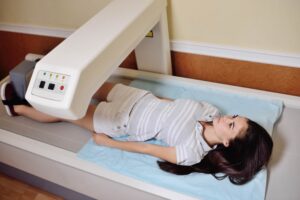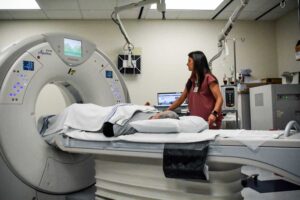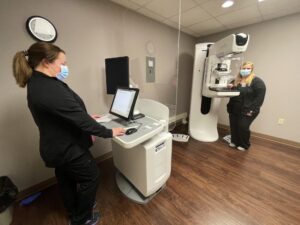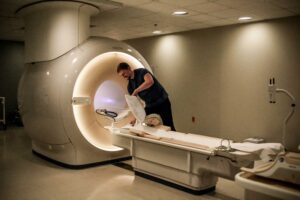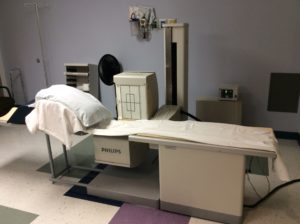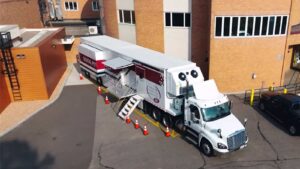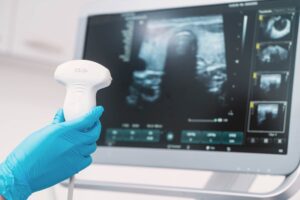Radiology & Imaging
Radiology helps health care providers see structures inside the body. Our radiologists use state-of-the-art technology such as X-rays, MRIs, and nuclear scans to produce detailed images of organs, bones, blood vessels, and more.
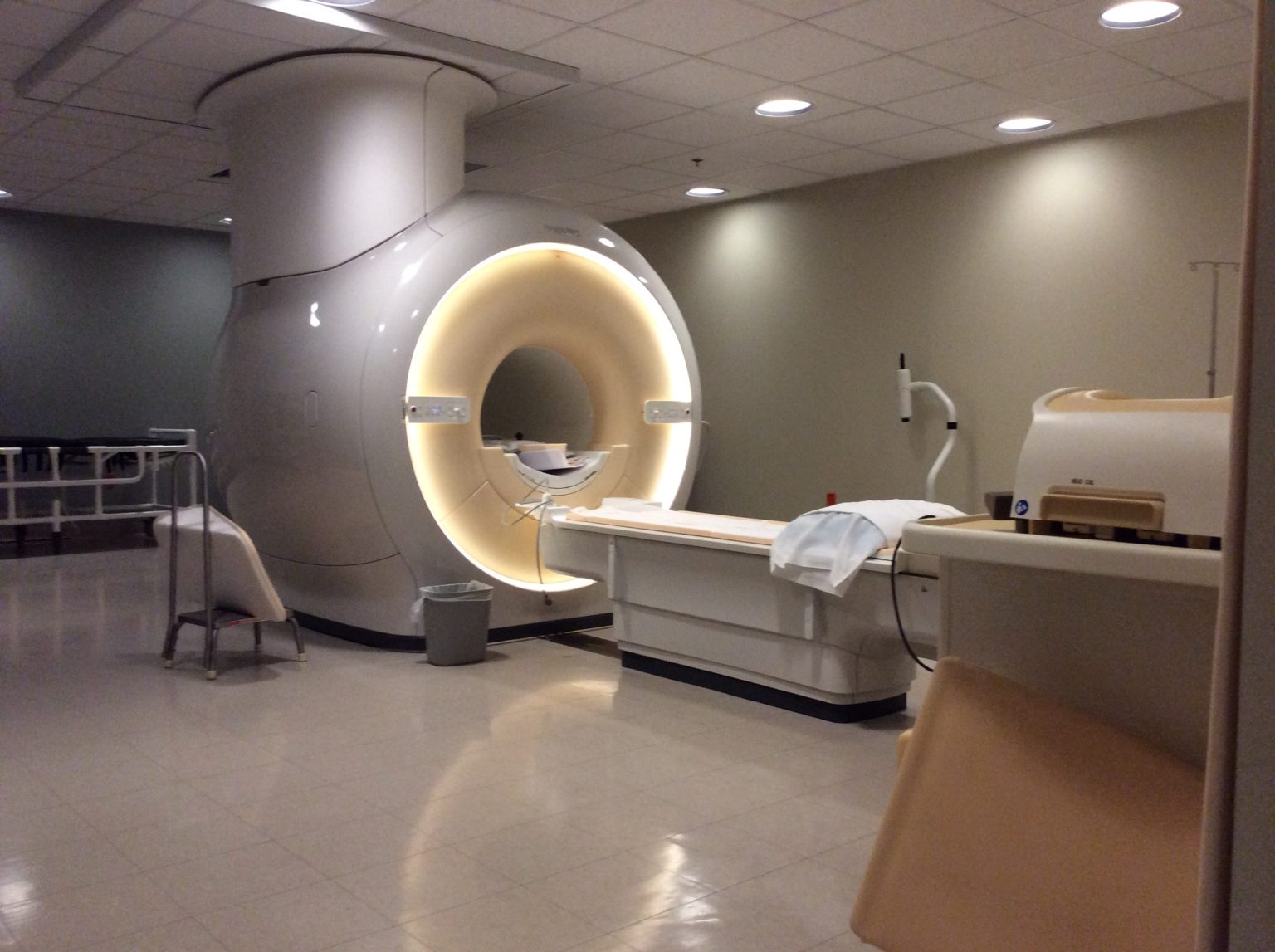
The radiology team at Newman Regional Health assists your provider in diagnosing medical problems quickly and formulating effective treatment plans, as well as screening for different illnesses. All images are interpreted by a board-certified radiologist, who works closely with the referring physician and nursing team.

